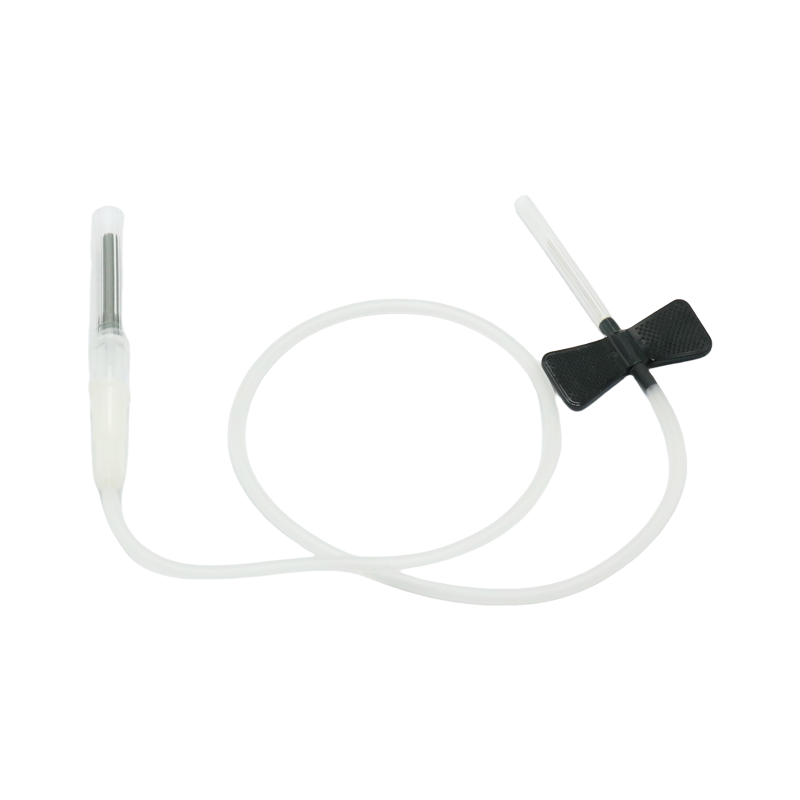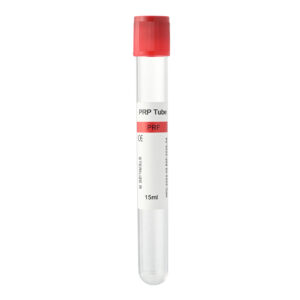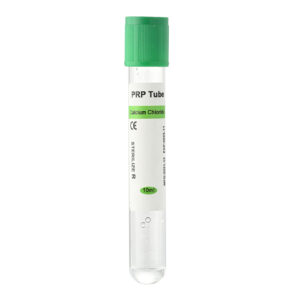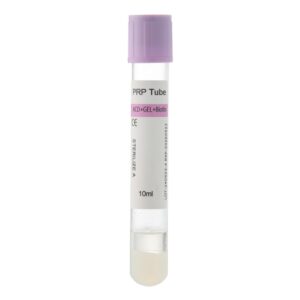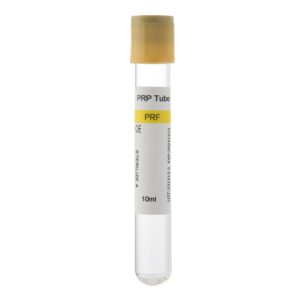Blood collection is a fundamental and critical procedure in modern medicine. It is vital in laboratory testing, disease diagnosis, and various clinical treatments. Blood collection is indispensable, whether it’s for routine testing, medical diagnoses, or monitoring a patient’s health status. Choosing the right blood collection needle not only impacts the efficiency and comfort of the process but also profoundly affects the quality of the blood sample and the accuracy of subsequent test results. This article explores why selecting the correct blood collection needle is crucial and compares two commonly used types—the butterfly needle and the standard blood collection needle—to help healthcare professionals make informed decisions.
Types of Blood Collection Needles
Blood collection needles come in various types based on purpose, size, and design. The most commonly used types include:
- Standard Blood Collection Needles: These are used for general venipuncture procedures. They are equipped with a standard needle size suitable for most routine blood collection tasks.
- Butterfly Needles (Butterfly Winged Needles): These needles are designed with two “wings” that help healthcare professionals better control the insertion angle. They are particularly suitable for small or difficult-to-locate veins.
Comparison Between Butterfly Needles and Standard Blood Collection Needles
Design and Structure
- Butterfly Needle: The butterfly needle’s key feature is its unique “winged” design, providing better venipuncture control. The wings allow healthcare providers to adjust the insertion angle more precisely, making it particularly useful for small veins or challenging locations. Butterfly needles are typically finer (ranging from 21G to 23G), which minimizes damage to the blood vessel and reduces patient discomfort.
- Standard Blood Collection Needle: The standard needle is a traditional straight needle, typically not equipped with “wings,” and features a more straightforward design. It is often used for routine venipuncture in adults. The needle size can range from 18G to 22G, accommodating a wide range of blood collection needs. While effective for most routine blood draws, the standard needle may pose challenges when dealing with smaller veins.
Suitable Use Cases
- Butterfly Needle: The butterfly needle is ideal for small or difficult-to-locate veins, such as those found in pediatric, geriatric, or critically ill patients. It is also suitable for situations requiring greater precision and minimal trauma, such as drawing blood from veins in the wrist or ankle. Because of its smaller needle size and precise control, the butterfly needle ensures a smoother blood draw, minimizing the need for multiple punctures.
- Standard Blood Collection Needle: Standard needles are suitable for adult patients with more prominent veins. They are commonly used for routine blood tests or when larger blood volumes are needed. While effective for most standard blood draws, these needles may be less effective when accessing small or problematic veins. The larger gauge can also cause more discomfort in sensitive areas.
Comfort and Efficiency
- Butterfly Needle: The finer gauge of the butterfly needle allows for less pain during the procedure, making it particularly suitable for children, elderly patients, or individuals with low pain tolerance. The needle’s precision ensures minimal damage to the blood vessel, helping to reduce bruising or swelling after the blood draw. This makes the butterfly needle ideal for delicate and frequent blood draws.
- Standard Blood Collection Needle: Standard needles tend to be larger, leading to more discomfort during the procedure, especially in sensitive areas. The larger gauge suits adult patients with more substantial veins, but the pain level and potential for bruising may be higher than the butterfly needle. Despite these concerns, standard needles are efficient for drawing larger volumes of blood quickly.
Blood Volume and Speed
- Butterfly Needle: While the smaller gauge of the butterfly needle makes it ideal for drawing smaller blood volumes, the blood draw may take slightly longer than larger needles. It’s a good choice when collecting a small sample or working with veins that are harder to access. Despite the slower speed, the butterfly needle ensures a higher-quality sample for accurate analysis.
- Standard Blood Collection Needle: Standard needles are larger, allowing for faster blood collection making them well-suited for situations that require larger volumes of blood, such as routine testing or when time is critical. The larger needle size facilitates a quicker blood flow, but this may cost patient comfort in certain situations.
Cost and Usage Environment
- Butterfly Needle: Due to its complex design, it is more expensive than standard needles. However, they are indispensable in scenarios where precision, reduced trauma, and patient comfort are a priority. Despite its higher cost, the butterfly needle is the preferred choice for pediatric, geriatric, and challenging venipuncture cases.
- Standard Blood Collection Needle: Standard needles are more affordable and widely available, making them suitable for general blood collection procedures in most healthcare settings. They are cost-effective for routine blood draws and particularly efficient in environments requiring larger blood samples. However, they may not be the best option for patients with smaller veins or sensitive skin.
The Importance of Choosing the Right Blood Collection Needle
Choosing the appropriate blood collection needle can significantly improve the success rate of blood draws, reduce patient discomfort, ensure high-quality blood samples, and streamline the overall process for healthcare professionals. By understanding the characteristics of different needle types, healthcare workers can select the best option based on the patient’s condition and the required blood collection.
- Improved Success Rate: The right needle reduces the risk of failed blood draws and minimizes vessel damage, ensuring correct and accurate blood sample collection for subsequent analysis.
- Reduced Patient Discomfort: Using an appropriately sized and designed needle can significantly reduce discomfort for patients sensitive to pain, such as children or the elderly, improving their overall experience during the procedure.
- High-Quality Blood Samples: Choosing the correct needle helps prevent contamination, hemolysis, or clotting in the blood sample, all of which can affect the accuracy of laboratory results. This ensures that test outcomes are reliable and precise.
- Increased Efficiency: Selecting the right needle improves workflow efficiency by reducing the need for multiple attempts or reinsertions. Healthcare professionals can complete the blood collection process more quickly and with fewer complications.
Conclusion
Blood collection is a critical component of medical diagnostics, and choosing the appropriate needle is essential for ensuring both the efficiency and safety of the procedure. By understanding the differences between butterfly needles and standard blood collection needles, healthcare professionals can make informed decisions that optimize patient care. Selecting the right needle not only enhances patient comfort and ensures the accuracy of diagnostic results but also improves operational efficiency in medical practices. Therefore, when performing blood collection, it is important to carefully assess the patient’s needs and select the most appropriate needle for the procedure, ensuring the best possible outcome.

